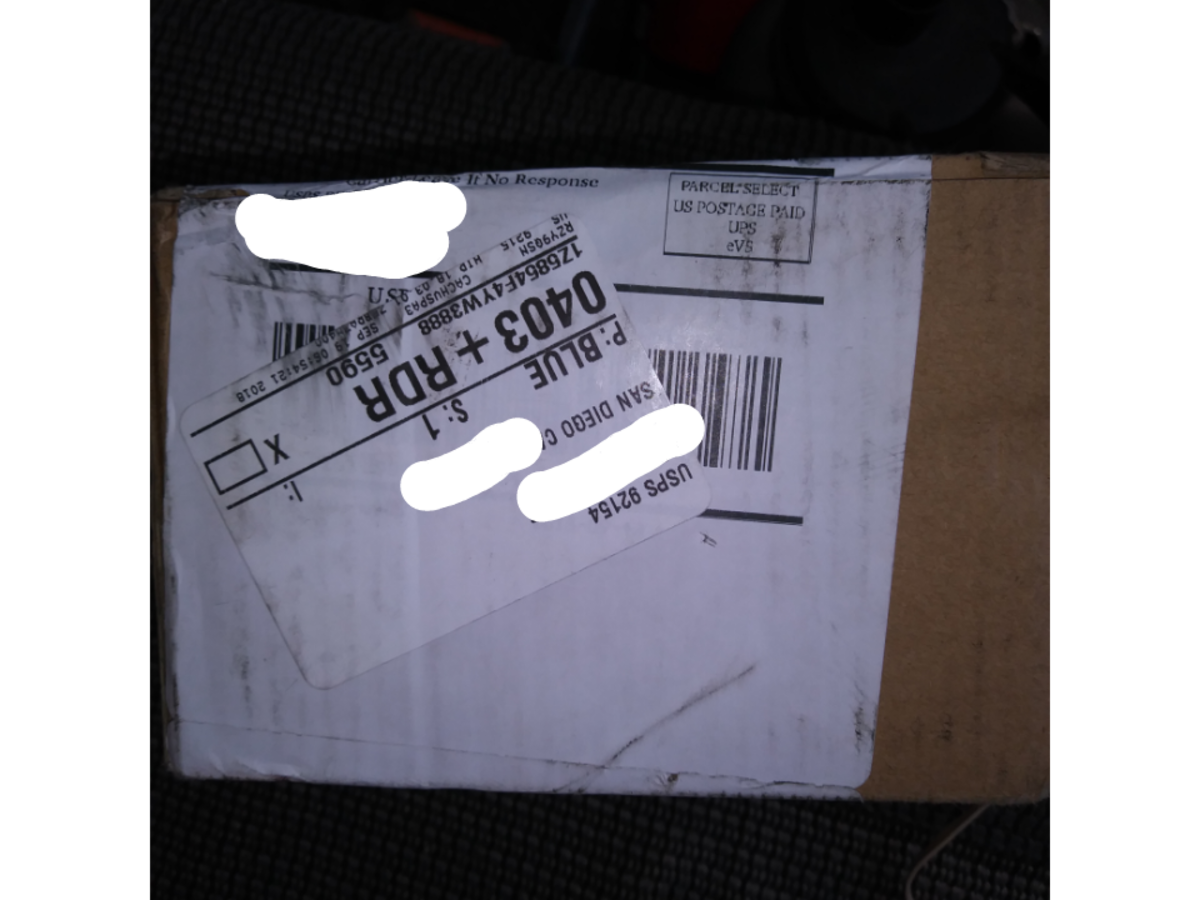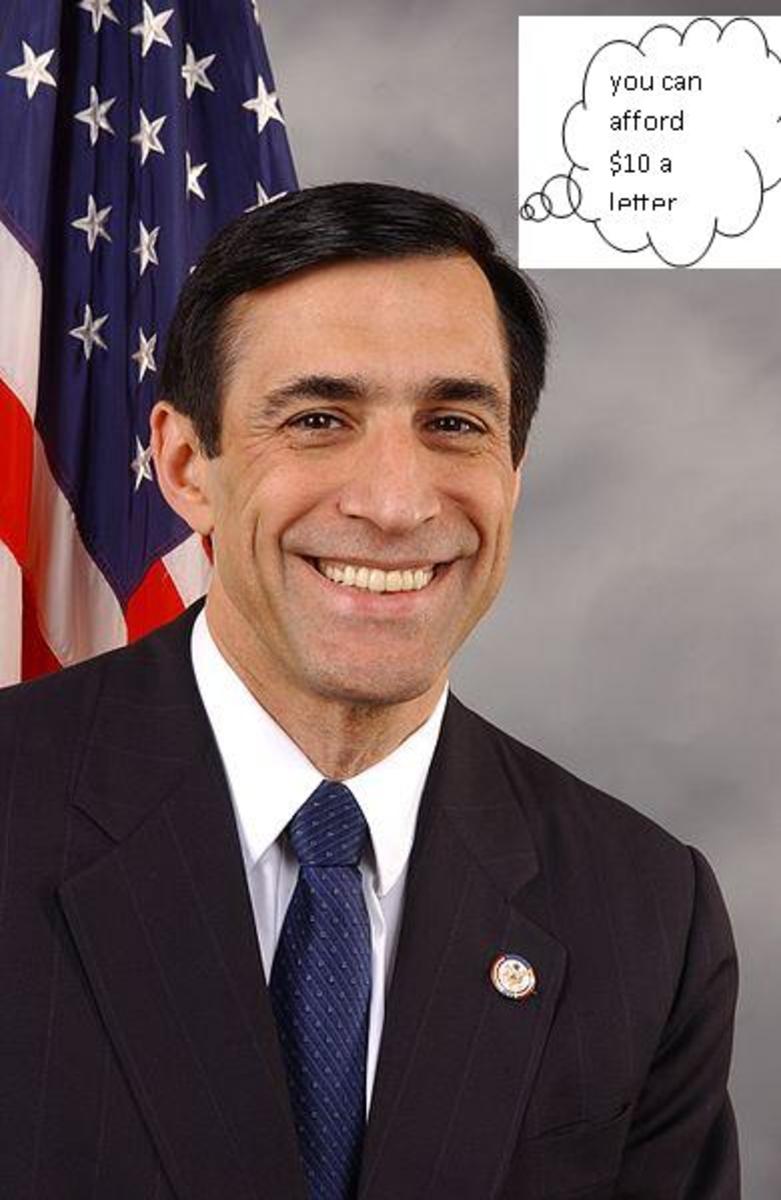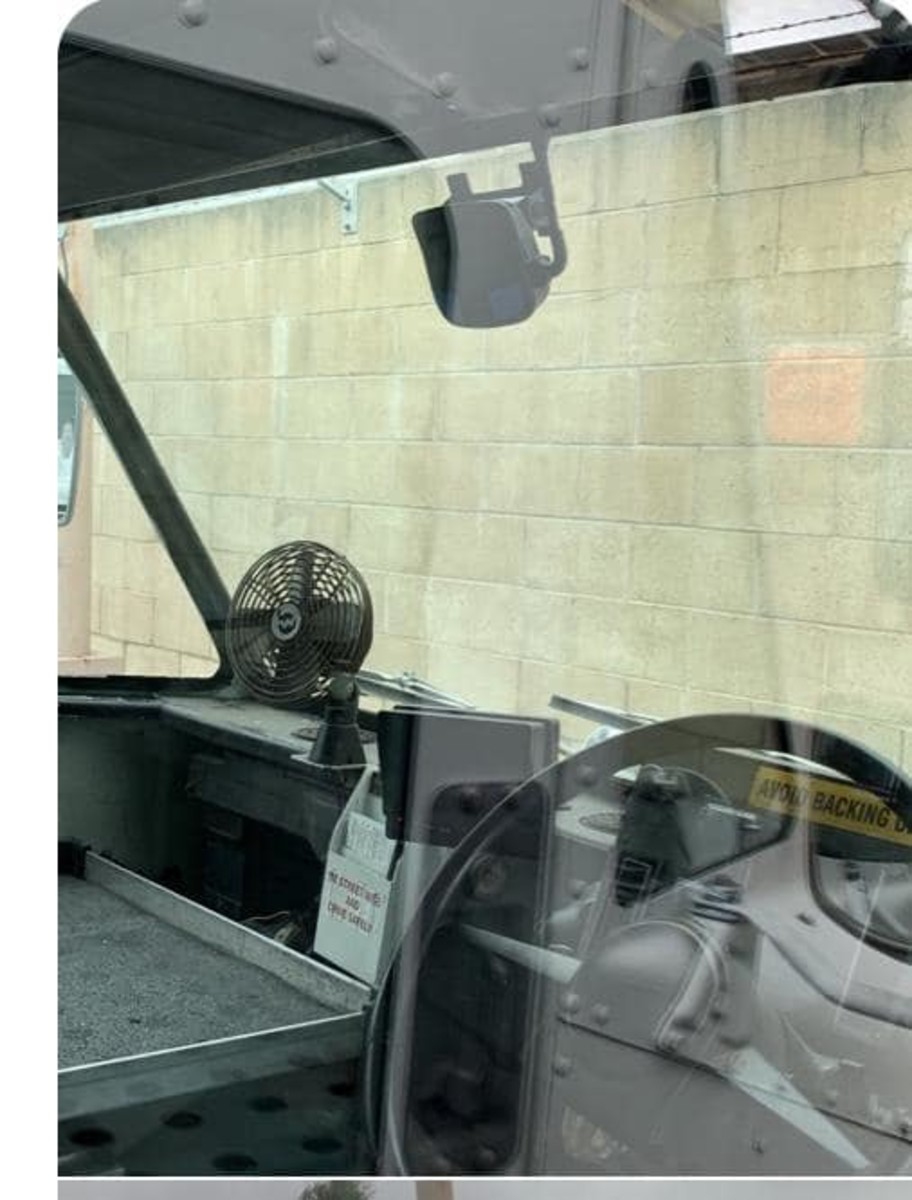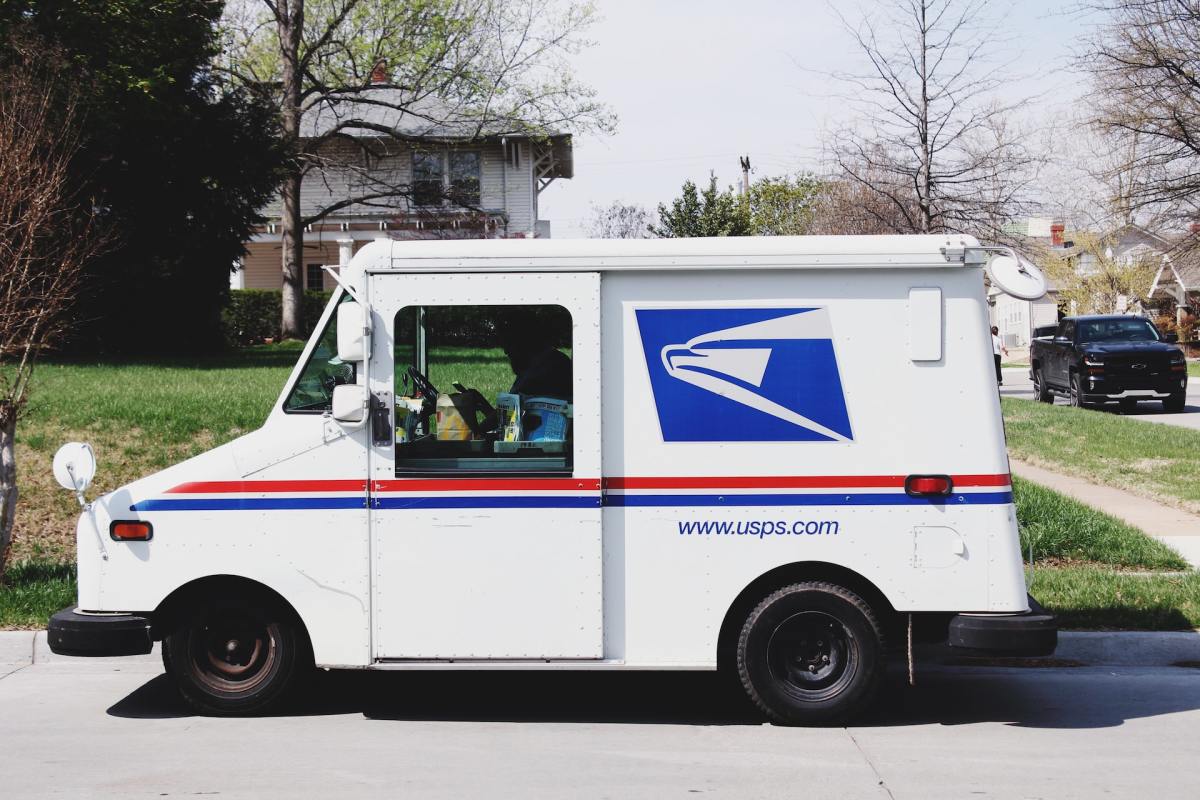Technology and Management Functions

Technology is a factor to operations in the business world; the United States Postal Service (USPS) is no exception. Companies and organizations depend on technology of the past and look to future technology advancements to shape how business is done. The USPS rich history is an example of how technology has been a constant force of organizations. “Technology is the systematic application of scientific knowledge to a new product, process, or service” (Bateman & Snell, 2009, p. G-7). The first appointed postmaster general of the USPS was Benjamin Franklin in 1775, a man known for innovation and what is currently known as technology (United States Postal Service, 2009). The USPS continues to pursue technology in their operations. Two of the current technologies in evaluation are Flat Sequencing System (FSS) and the Carrier Optimal Routing (COR) system, both process have available test results.
Flat Sequencing System
Equipment is in use to sort and route letters so that employees do not have to spend time organizing the letter mail before beginning delivery, the USPS is trying to apply this type of technology to more of the mailing products exclusively, mail flats. Mail that is approximately “8.5x11.5,” in size and larger than letters are mail flats (United States Postal Service, 2009). Periodicals and catalogs are sometimes flats. Certain attributes regarding flats size and type do not permit machine processing. One example is periodicals in plastic bags, which are not machine-sortable. Variation in the size of flats makes processing difficult for the USPS equipment. Some of the equipment is in use but only in the testing phase.
Benefit of FSS
The possible benefits of the FSS are cutting employee in office hours for mail handlers and mail carriers, decreasing employee workforce and benefits paid to employees, and increasing productivity for mail carriers during street delivery. Proactive actions such as reducing employee numbers will save the organization in the present and the future. “The elderly population is growing dramatically throughout the world” (Cetron & Davies, 2005, p. 29). The USPS proposes that reducing the need for mail carriers to perform in office tasks, such as sorting unsorted mail received prior to delivery will allow mail carriers to deliver more mail in the workday. The extra time will help to reduce the number of delivery routes and reduce the number of mail carriers. A flat sequencing system alleviates the need for additional sorting at processing plants, which can produce a smaller processing work group. Reducing operational costs and future costs by reducing employee numbers, which means fewer retirees makes fully implementing the FSS an attractive proposal.
Results to Date for FSS
The question of how well the FSS is working is still a debate between those the process will be affecting and those implementing the process. Although the argument of the reduction of office time for mail carriers is not specific to the saving of time, it is more about the expectations of management when implementing the FSS. The FSS will reduce the time mail carriers spend in the office as the tests show. “In the 6 months prior to the implementing FSS, city carriers used 66,900 office hours. Office hours during the initial 6 months of FSS testing declined to 48,850” (Batta, 2009, p. 8). Another point is that during the test some of the reductions in hours were the result of the continual decline in mail flats volume. “The six months prior to the FSS implementation, clerks used 26,989 work hours compared to the 23,155 work hours used during the initial six months of FSS testing” (Batta, 2009, p. 12). City delivery relies heavily on carrier attendance when carriers cannot come to work routes must be split between overtime delivery employees. This can cause problems and should be a main topic of discussion for management and mail carriers. The cost savings at the conclusion of the six-month test were $1,261,200 in favor of the FSS (Batta, 2009).
Carrier Optimal Routing
The COR system is the most recent carrier route organizing automation technology in use by the USPS. “COR is a computerized management tool that uses digital mapping, algorithms, and route inspection data to create efficient city carrier routes that are more compact and contiguous” (United States Government Accountability Office, 2009, p. 29). The USPS managers and the National Association of Letter Carriers (NALC) because of the loss in mail volume, and the rising costs of fuel sat down to a discussion. The discussion of the two parties was on how to quickly, cost effectively keep routes and mail carrier productivity in sync with volume levels of the USPS. The NALC and the USPS both found an agreeable process with the use of COR.
Benefit of COR
“The goal of COR is to create an optimal routing scheme that would reduce work hours, vehicle mileage, fuel, and energy costs; and improve carrier safety and service” (United States Government Accountability Office, 2009, p. 32). When carriers mail volume decreases the carriers return from delivery in less than their contractual eight-hour workday. This means mail carriers are standing around on the clock. With such a large variation in monthly, weekly, and yearly mail activity carriers’ mail routes adjustments need to increase in frequency. COR offers a way for managers to react quickly to changes in the mail volume so that employees on the clock are productive. With the advancement in Global Positioning Systems (GPS), software, and satellite mapping capabilities the distance, safety, and efficiency of mail carriers routes, generating analysis can be done much easier with less funding. “According to USPS, these efforts could result in annualized savings of nearly $1 billion, and result in more consistent delivery service; increased employee satisfaction; and reduced facility space needs, miles driven, and fuel use” (United States Government Accountability Office, 2009, p. 32).
Results to Date for COR
Currently about half of the city delivery routes are eligible to use the COR system because of the information input requirements. “As of March 2009, the COR database is complete for 2,904 (47.5 percent) delivery zones, and 3,216 (52.5 percent) remain to be completed” (United States Government Accountability Office, 2009, p. 32). The COR system is not producing a “final” product, which means additional employee hours of adjustment input, overview, and corrections. The COR system is information critical, meaning if the information is incorrect the system can magnify these information errors and increase the significance of the information error when generating recommendations. When the information is precise the software will make suggestions that will make the delivery less efficient because a lack of physical firsthand knowledge. The benefits from COR are in the form of a tool for management and the mail carrier to reduce the activities of the older route evaluation models. The evaluation models would require more than eight hours of participation from the carrier and the manager in the same day. COR uses existing pertinent information without the need for revisiting a physical evaluation of the route using both the manager and carrier. The USPS Office of Inspector General, “found that in the majority of cases it did not track reductions in vehicle mileage changes due to COR system route adjustments” (Batta, 2009, p. 2).
Conclusion
The use of technology in business is a concept not as new as the terminology of technology suggests. Historically technology exists under different terms, but the concept is the same. When companies and organizations compete to survive in the current capitalist environment technology can be a lifeboat to carrier an organization back to dry land. The USPS as a government organization is not exempt from the use of technology. Two of the current technologies in evaluation are FSS and the COR system, both technologies are within the level of current technological advancement. The FSS and COR systems are both also two technologies that can prevent the USPS from experiencing financial hardship. Often the term resistance arises synonymously with technological implementations, but this term could not have been a part of the process if collaboration was not an integral aspect between implementer, developer, and employees. “Identifying pitfalls related to management, users, implementers, and the technology itself can be of value to a project manager in avoiding potential problems or to an evaluator in diagnosing why things went wrong” (Regan & O'Connor, 2002, p. 544).
References
Bateman, T. S., & Snell, S. A. (2009). Management: Leading & Collaborating in a Competitive World (8th ed.). New York, New York: McGraw-Hill, Inc. Retrieved from the University of Phoenix eBook Collection database.
Batta, R. J. (2009, September 28). Audit Report – Effects of the Flats Sequencing System on Delivery Operations – Northern Virginia District [DR-AR-09-011]. Message posted to http://www.nalc.org/depart/citydel/pdf/oig_fss_report_september_2009.pdf
Batta, R. J. (2009, October 15). Audit Report – Use of the Carrier Optimal Routing System [DR-AR-10-001]. Message posted to http://www.uspsoig.gov/foia_files/DR-AR-10-001.pdf
Cetron, M. J. & Davies, O. (2005). Trends Now Shaping the Future: Economic, Societal, and Environmental Trends. The Futurist, 39(2), 27-42. Retrieved February 21, 2011, from ABI/INFORM Global. (Document ID: 791358931).
Regan, E. A. & O'Connor, B. N. (2002). End-user information systems: Implementing individual and work group technologies. (2nd ed.) New Jersey: Prentice-Hall, Inc. Retrieved from the University of Phoenix eBook Collection database.
United States Government Accountability Office. (2009, July Day). Mail Delivery Efficiency Has Improved, but Additional Actions Needed to Achieve Further Gains [GAO-09-696]. Message posted to http://www.gao.gov/new.items/d09696.pdf
United States Postal Service. (2009). The Postal Service Begins. Retrieved from http://www.usps.com/cpim/ftp/pubs/pub100/pub100_003.htm








